Human life is dependent; meaning it is in the grasp of prarabdha (Destiny). As per the doctrine of karma (An act, action which gives rise to destiny), the fruit of good-bad karmas in the form of happiness-unhappiness have to be undergone in this or the next births. The bhog (sufferings) that are pending from the karmas of previous births are termed as sanchit-karma. The portion of sanchit-karma, because of which an individual has to undergo suffering in this birth, is called prarabdha-karma. ‘बुद्धि: कर्मानुसारिणी ।’ means, an individual’s intellect guides him to act in accordance with his prarabdha. Despite being highly acclaimed as a scholar of Dharma, Yudhishthir made the mistake of pledging his wife Droupadi while gambling, the reason being nothing else but prarabdha ! All have to undergo the sufferings of prarabdha, even the Saints.
1. Definition of Sanchit-karma
A. At the time of relinquishing the body (at the time of death), many karmas remain incomplete according to the accounts in the center for the give and take account on the chitta (subconscious mind) and the sanskars (Subconscious impressions) like desire etc. All these karmas are referred to as ‘sanchit-karmas’.
B. The merit and demerit endowing karmas of the previous births, along with ignorance, remain in the subtle-body in the form of sanskars, till such time as the consequent suffering is exhausted. This is called ‘sanchit-karma’.
It is not possible to face all the consequences of sanchit-karma at the same time. It is because some consequences are good, while some are bad; meaning, the effects can be contradictory. For example, some sanchit is heaven-endowing, while some other is hell-endowing. Hence, it is not possible to face the consequences of all these at the same time. They have to be endured one after other.
2. Definition of Prarabdha
Prarabdha-karma is that fraction of sanchit-karma
consequence of which has to be faced in a particular birth
The linga-deha (Subtle body) carries along a fraction of karma from its sanchit and takes birth at a place and time where maximum from that fraction of the sanchit can be cleared. This small amount of karma is termed as prarabdha-karma. In other words, a portion of sanchit-karma, for which the consequences have to be faced in a particular birth, is called prarabdha-karma. It can also be said that part of the sanchit, which is ready to materialise, meaning, the karmas that result in consequence in the form of happiness and sorrow, are termed as prarabdha.
पूर्वजन्मकृतं कर्म तद्दैवमिति कथ्यते । – Maharshi Vyas
Meaning : We have to reap the fruits in this birth of what we have sown in the previous births. We know them by the term ‘fate, fortune or destiny’, since we are unable to comprehend their cause-effect relationship.
3. Characteristic features of prarabdha-karma
-
Since prarabdha is bound by the laws of density, it is in the forefront of making things happen as per the past karmas.
-
Prarabdha of each individual is bound with the evolution-oriented component in the Universe by the energy in the form of Ichha-shakti (Energy of the Will).
-
Prarabdha is the cause for the birth of a human being; hence, it is associated with Creation. Birth practically means assuming a form. This event is associated with energy in the gross form, meaning, associated with the sagun (Materialised) wish or desire. Therefore, prarabdha is considered to be a form of desire.
-
Prarabdha is associated with the actual circumstantial energy of the past birth, meaning, it is associated with rules pertaining to prakruti; hence, it is said that events taking place practically in life are as per prarabdha-karma.
-
Prarabdha is associated with action. Incidents occurring in an individual’s life as a result of prarabdha-karma are overtly visible and their meanings are also apparent since they are related to the energy in the form of words.
4. Characteristic features of sanchit-karma
-
Sanchit is one that attains momentum.
-
Sanchit-karma can impart momentum to the life of an individual to a greater or lesser extent, depending upon its demerit-merit of karmas.
-
Sanchit-karma is bound to the wheel of Sustenance of Universe by kriya (Physical performance of a deed).
Sanchit is associated with the flow of the dense energy in the form of merits-demerits. -
The effect achieved through the incidents governed by prarabdha becomes responsible for the account of merits-demerits. This gives birth to a unique dense energy, which is termed as sanchit of the respective individual.
-
The wheel of innate tendencies is hidden in the sanchit. Therefore, sanchit is considered as being dependent on karma and thoughts.
-
It is difficult to judge sanchit, because it contains the effects of the positive or negative energies generated through prarabdha-karma.
-
Only Saints can judge the extent of sanchit, that is, the extent of demerit-merit; because it is subtler than the circumstantial action influenced by prarabdha.
-
Sanchit has demerit-merit oriented accounts of all types of karmas in the prarabdha; hence, it is considered to be associated with the momentum of life, meaning, associated with the energy that brings about Sustenance.
-
Greater the accumulation of merit in the life of an individual, greater is the extent of Sattva component based success in his life and its speed. It makes his life successful and is one that attracts him to karmas that are under the control of God, meaning, one that takes him towards sadhana (Spiritual practice).

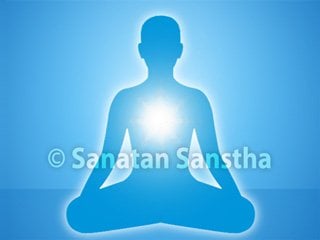 Using Kriyaman-karma effectively
Using Kriyaman-karma effectively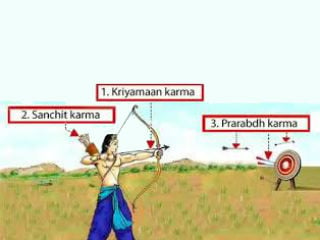 Importance of Kriyaman-karma in overcoming Prarabdha-karma
Importance of Kriyaman-karma in overcoming Prarabdha-karma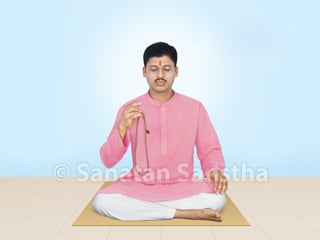 How to overcome sufferings of Prarabdha
How to overcome sufferings of Prarabdha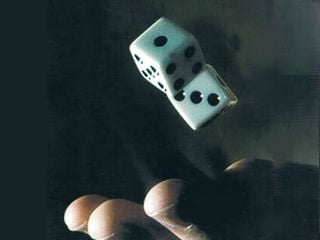 Facing the consequences of Prarabdha
Facing the consequences of Prarabdha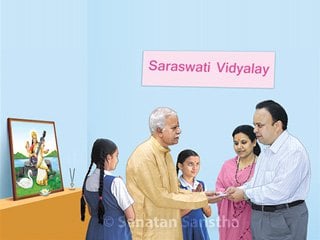 Kartavya (Duty) karma
Kartavya (Duty) karma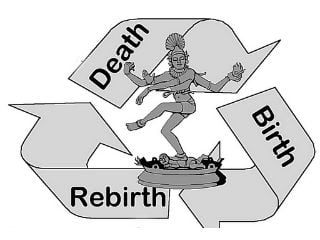 Importance of karma
Importance of karma
Clears all my doubts,Thanks .
Prarabdha of each individual is bound with the evolution-oriented component in the Universe by the energy in the form of Ichha-shakti (Energy of the Will).
Is Ichha Shakti ( Energy ) part of consciousness? Is it the same as purushartha or self effort
Yes.